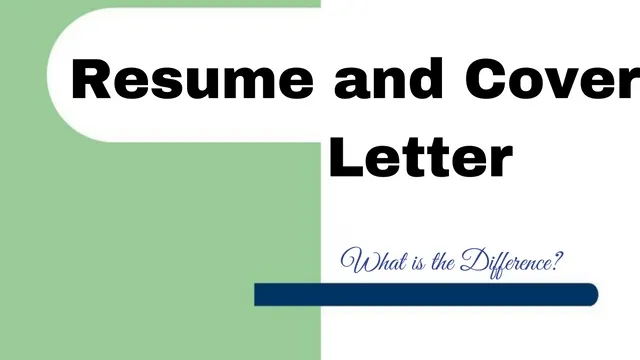What is a Resume Cover Letter?
A resume cover letter is a one-page document that accompanies your resume when applying for a job. It serves as an introduction to the hiring manager, providing context to your resume and highlighting your qualifications, skills, and experience relevant to the specific position. Unlike your resume, which offers a concise overview of your professional history, the cover letter allows you to elaborate on your accomplishments, demonstrate your personality, and explain why you are the ideal candidate for the role. It’s a chance to make a strong first impression and persuade the employer to read your resume with interest.
Purpose and Importance of a Cover Letter
The primary purpose of a cover letter is to convince the hiring manager that you are a good fit for the job and the company. It goes beyond simply restating the information in your resume; it provides a narrative that connects your skills and experience to the specific requirements of the position. A well-written cover letter can significantly increase your chances of getting an interview by showcasing your enthusiasm, demonstrating your understanding of the company, and highlighting your unique value proposition. In today’s competitive job market, a strong cover letter is often essential for making a positive impression and distinguishing yourself from other applicants.
Why is a Cover Letter Essential
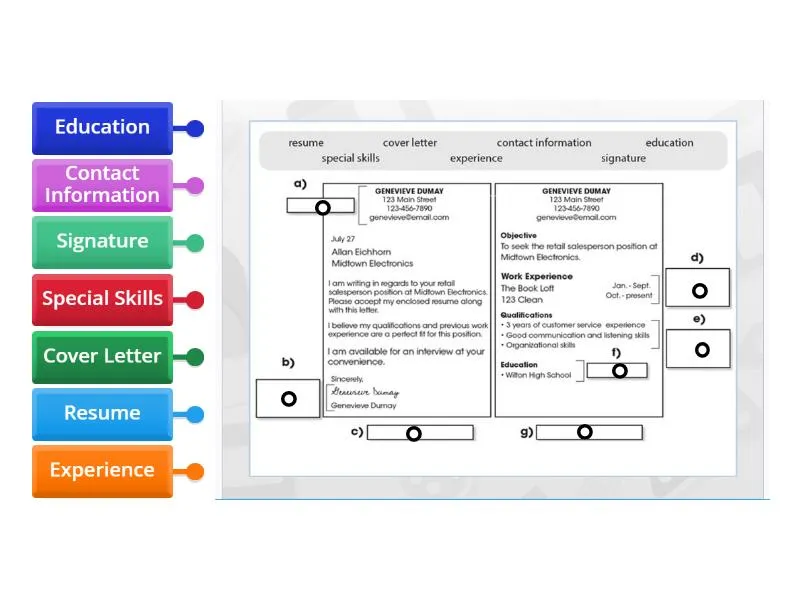
A cover letter is essential because it allows you to personalize your application and demonstrate your genuine interest in the specific role and company. It’s an opportunity to showcase your writing skills, which are crucial in most professional environments. Furthermore, it enables you to address any potential gaps or concerns in your resume, such as career changes or employment gaps. A cover letter provides the hiring manager with valuable insights into your personality, work ethic, and communication style, factors that can be difficult to convey through a resume alone. It also allows you to tailor your application to meet the specific needs of each job you apply for, a critical strategy for success.
Highlighting Skills and Experience
The cover letter allows you to highlight specific skills and experiences that are directly relevant to the job description. By selecting key accomplishments and tailoring them to the requirements outlined by the employer, you can demonstrate your ability to perform the job duties effectively. This targeted approach helps the hiring manager quickly understand your qualifications and how you can contribute to the company’s success. Highlighting these skills in a narrative format allows you to show, rather than just tell, providing concrete examples of your capabilities and achievements.
Tailoring Your Cover Letter
Tailoring your cover letter for each job application is crucial. Generic cover letters are easily identified and often discarded. Customization shows the hiring manager that you’ve taken the time to understand the job requirements, the company culture, and their specific needs. Research the company and the role, then adjust your letter to reflect how your skills and experiences align with their specific expectations. This personalized approach demonstrates your genuine interest and increases your chances of securing an interview. Use the job description as a guide to identify the key skills and qualifications, then incorporate those keywords and phrases into your letter.
Key Components of a Cover Letter
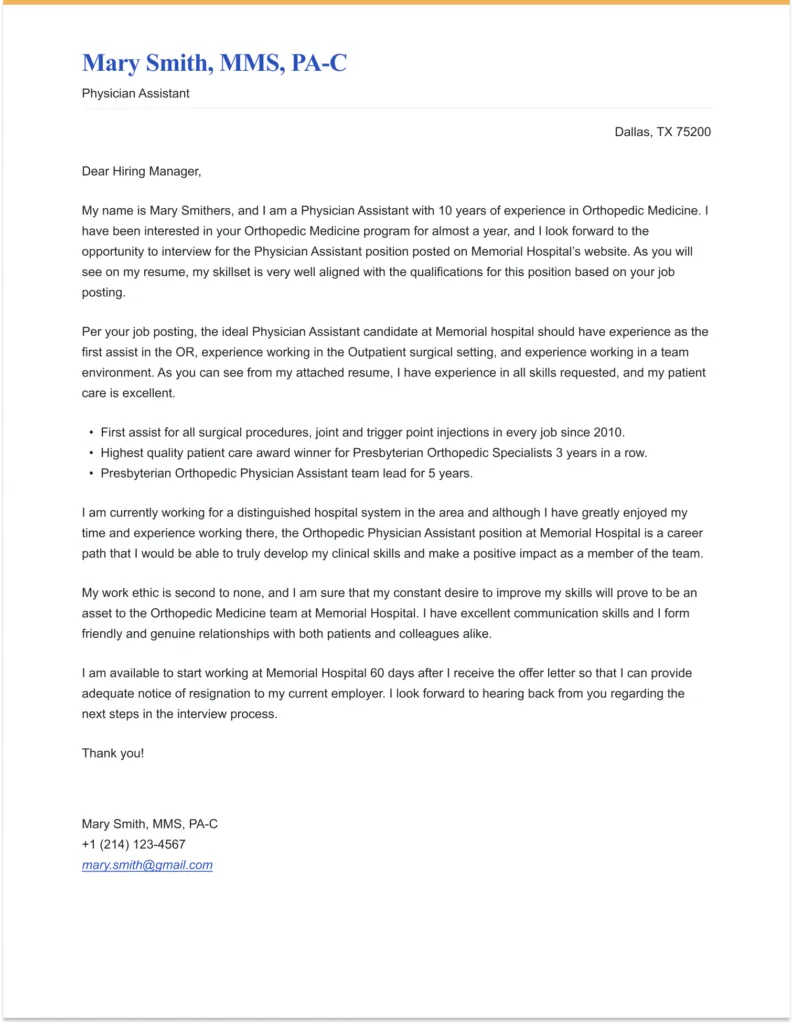
A well-structured cover letter typically includes several key components that work together to create a compelling narrative. Each part plays a vital role in presenting your qualifications and demonstrating your suitability for the position. Understanding these components and how they contribute to the overall effectiveness of your application is essential for writing a successful cover letter that captures the hiring manager’s attention.
Contact Information
Start your cover letter with your contact information. This should include your full name, phone number, email address, and optionally, your LinkedIn profile URL. Ensure your contact information is current and professional. Place this information at the top of the letter, either on the left or right side. Also, include the date and the hiring manager’s name and title (if you have it), along with the company’s address. This section establishes your identity and makes it easy for the employer to contact you.
Salutation
The salutation sets the tone for your cover letter. Whenever possible, address the hiring manager by name. Research the company to find the name of the hiring manager or recruiter. If you can’t find a specific name, use a professional greeting like “Dear Hiring Manager” or “Dear [Department Name] Team.” Avoid generic greetings like “To Whom It May Concern,” as they suggest a lack of effort. A personalized salutation shows that you’ve done your research and are genuinely interested in the opportunity.
Opening Paragraph
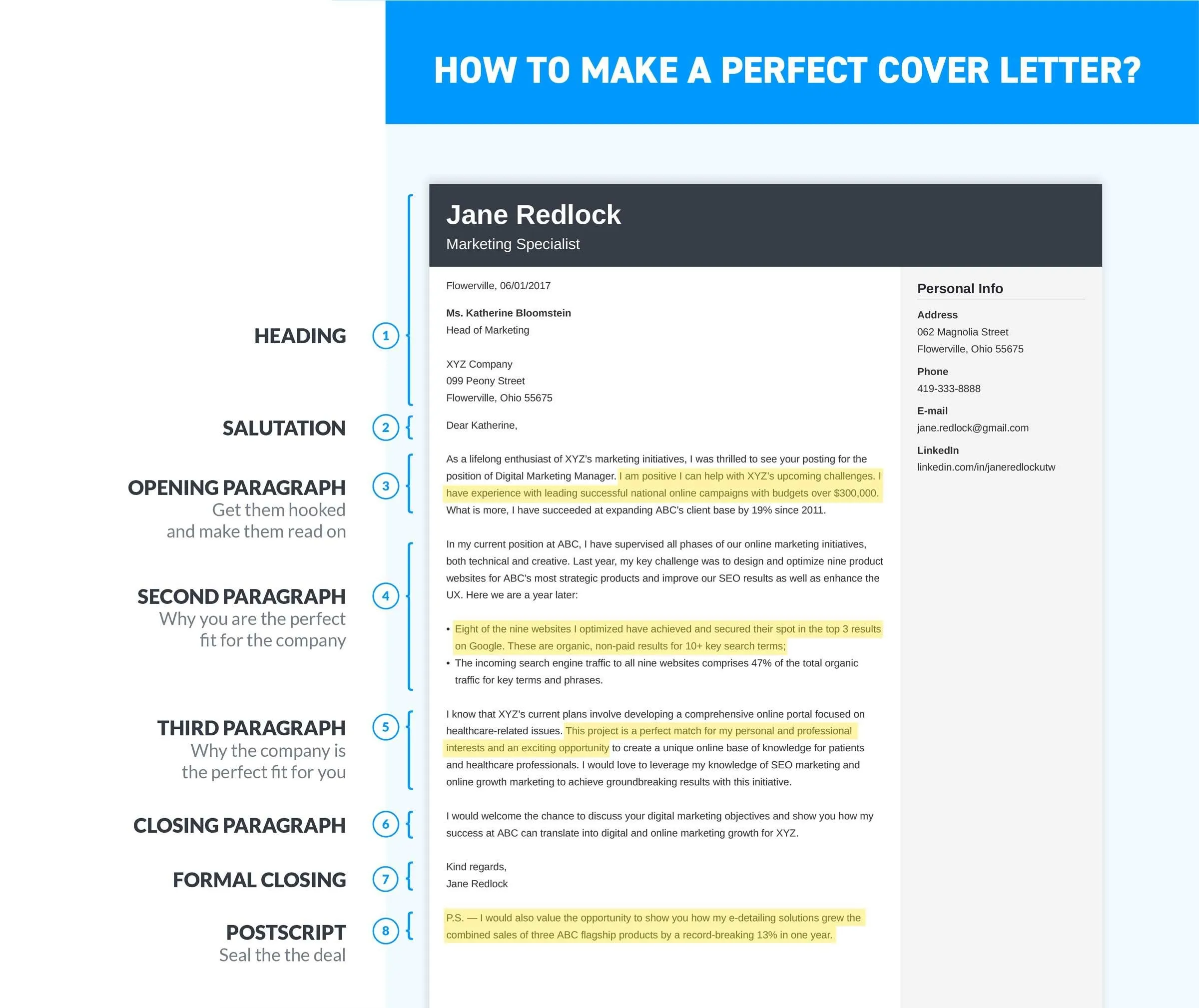
The opening paragraph is your chance to grab the reader’s attention. State the position you are applying for and how you found the job posting. Briefly mention why you are interested in the role and the company. Highlight your most relevant skill or accomplishment to immediately capture the hiring manager’s interest. This sets the stage for the rest of the letter by clearly stating your purpose and demonstrating your enthusiasm.
Body Paragraphs
The body paragraphs are where you showcase your qualifications and demonstrate why you are a good fit for the role. Use these paragraphs to elaborate on your skills, experiences, and accomplishments. Provide specific examples that highlight your achievements and quantify your results whenever possible. Tailor these paragraphs to the job description, emphasizing the skills and experiences that align with the company’s needs. Show, don’t just tell, by using concrete examples of your successes.
Highlighting Relevant Skills and Experiences
Focus on the skills and experiences most relevant to the job requirements. Review the job description carefully and identify the key skills and qualifications the employer is seeking. Then, in your cover letter, provide specific examples of how you have demonstrated these skills in previous roles. This could include projects you’ve worked on, challenges you’ve overcome, or results you’ve achieved. Make sure the examples are clear, concise, and directly relate to the job you are applying for.
Quantifying Achievements

Quantify your achievements whenever possible. Instead of simply saying “I improved sales,” provide specific numbers and percentages. For example, “Increased sales by 15% in one quarter.” Quantifying your accomplishments provides concrete evidence of your skills and the value you can bring to the company. Use numbers, percentages, and specific metrics to demonstrate your impact and make a strong case for your candidacy.
Expressing Enthusiasm
Express your enthusiasm for the role and the company. Show that you have researched the company and understand its mission, values, and goals. Explain why you are excited about the opportunity and how you see yourself contributing to the company’s success. Enthusiasm can be a key differentiator, showing that you are genuinely interested in the role and eager to join the team.
Call to Action
End your cover letter with a strong call to action. Express your interest in an interview and make it easy for the hiring manager to take the next step. State your availability and willingness to discuss your qualifications further. Thank the hiring manager for their time and consideration. A clear call to action ensures that the hiring manager knows how to proceed and encourages them to contact you.
Closing and Signature
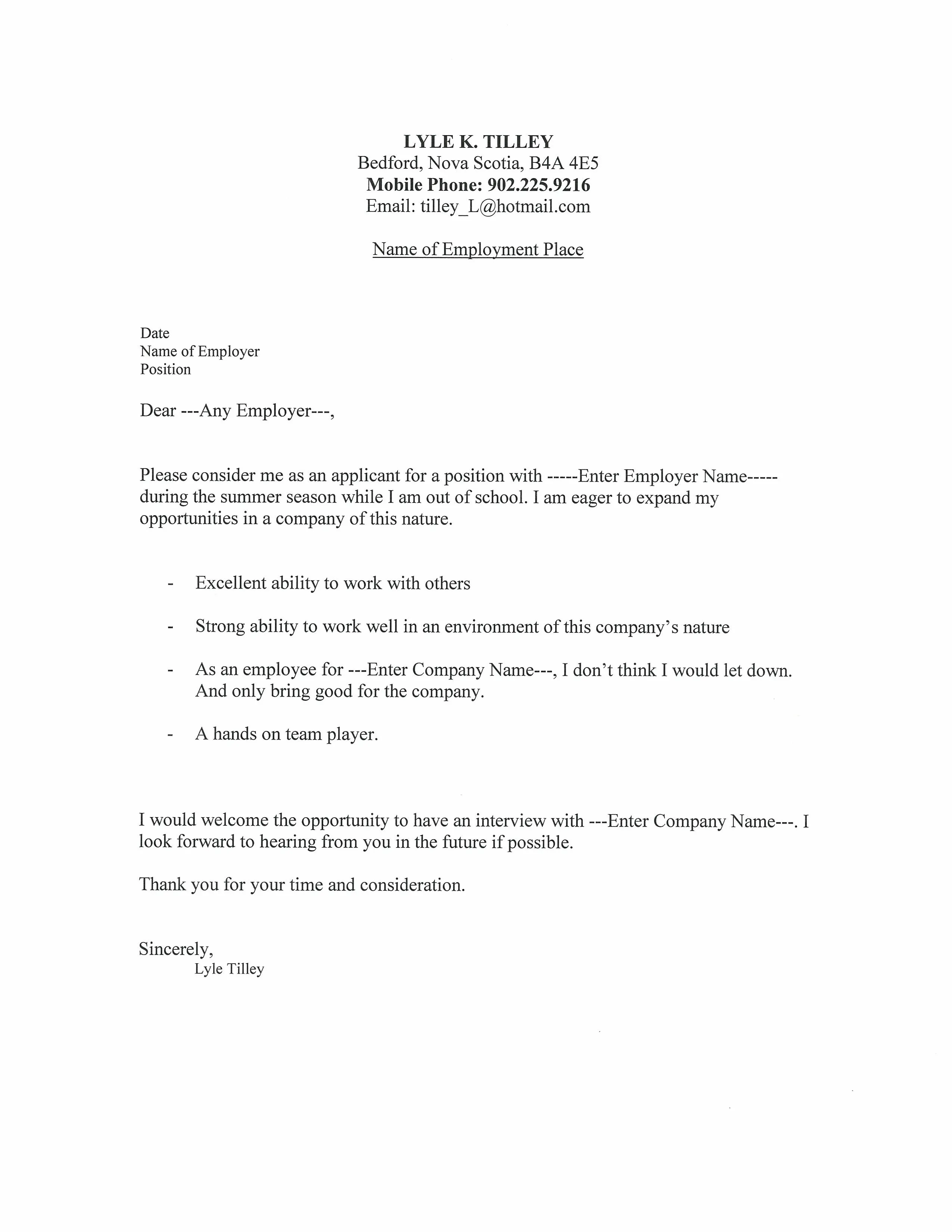
Use a professional closing such as “Sincerely,” “Best regards,” or “Thank you.” Leave space for your signature, and type your full name below. If you are submitting your cover letter electronically, you can use a scanned image of your signature or simply type your name. Ensure the closing is appropriate for the tone of your letter and reflects your respect for the recipient.
Formatting and Structure
The formatting and structure of your cover letter are as important as the content. A well-formatted letter is easy to read, professional, and reflects your attention to detail. Proper formatting can greatly enhance your overall presentation and make your application more appealing to the hiring manager. Ensure your cover letter is visually appealing and easy to navigate.
Choosing the Right Font and Size
Choose a professional and readable font, such as Times New Roman, Arial, Calibri, or Georgia. Use a font size between 10 and 12 points. Avoid using overly decorative or unusual fonts, as they can be distracting. Maintaining a consistent font throughout the document enhances readability and presents a polished appearance.
Page Layout and Margins
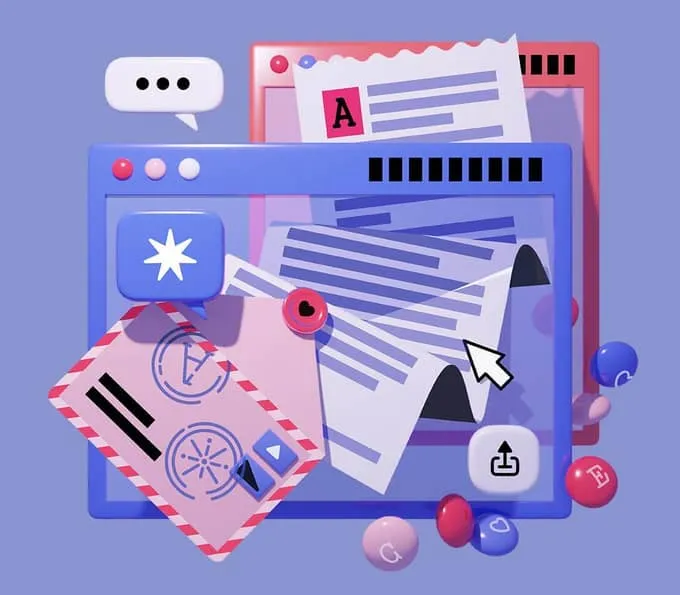
Use standard 1-inch margins on all sides of your cover letter. This provides adequate spacing and makes the text easier to read. Single-space the body of the letter, but use a double space between paragraphs. Keep your cover letter to one page; longer letters are rarely read in their entirety. Ensure the layout is clean and well-organized to create a positive impression.
Proofreading and Editing
Proofread and edit your cover letter carefully before submitting it. Check for any grammatical errors, spelling mistakes, and typos. Poor grammar and spelling can create a negative impression and undermine your credibility. Read the letter aloud to catch any awkward phrasing or sentences that don’t flow well. Have a friend or family member review your cover letter as a second set of eyes can often catch errors you might miss.
Common Mistakes to Avoid
Avoiding common mistakes is crucial for creating an effective cover letter. These errors can undermine your credibility and decrease your chances of getting an interview. Being aware of these pitfalls and taking steps to avoid them will significantly improve the quality of your application.
Grammatical Errors and Typos
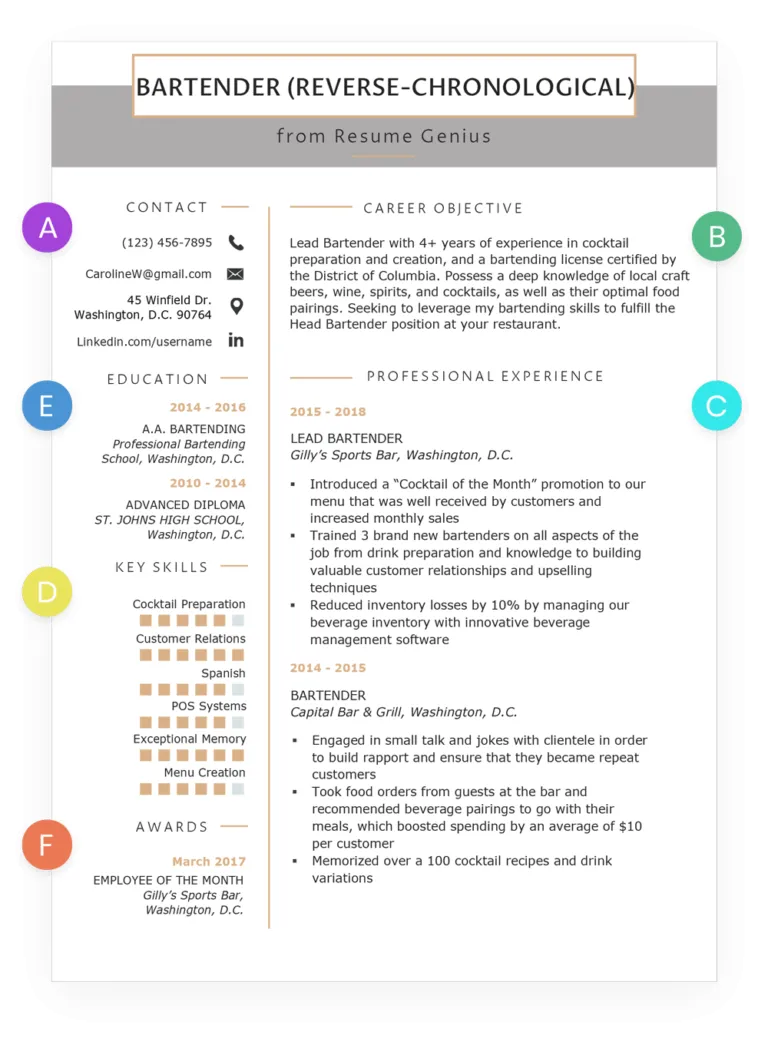
Grammatical errors and typos are a major turn-off for hiring managers. They demonstrate a lack of attention to detail and professionalism. Proofread your cover letter carefully and use a grammar checker to identify and correct any errors. Even a single mistake can make a negative impression, so it’s essential to ensure your letter is polished and error-free.
Generic or Irrelevant Content
Avoid using generic or irrelevant content in your cover letter. Tailor your letter to each job application and highlight the skills and experiences that are most relevant to the specific position. Generic cover letters that could apply to any job show a lack of effort and don’t demonstrate your genuine interest. Make sure every sentence in your cover letter serves a purpose and contributes to the overall message.
Lengthy Cover Letters
Keep your cover letter to one page. Hiring managers are busy and don’t have time to read lengthy documents. Be concise and focus on the most important information. If your cover letter is too long, it may not be read in its entirety. Stick to the essentials and use clear, direct language to get your message across effectively.
Using Keywords Effectively
Incorporate relevant keywords from the job description into your cover letter. This helps your application get noticed by applicant tracking systems (ATS) and shows the hiring manager that you understand the job requirements. Don’t simply stuff your cover letter with keywords; integrate them naturally into the text. Using keywords strategically can significantly improve your chances of getting an interview.
Cover Letter Templates and Examples
Cover letter templates and examples can be valuable resources when writing your own cover letter. They provide a framework and inspiration for your application. However, it’s important to customize templates and examples to reflect your unique qualifications and experiences.
Where to Find Templates
You can find cover letter templates on various websites, including job search platforms, career websites, and professional resume services. Microsoft Word also offers a selection of cover letter templates. When choosing a template, select one that is appropriate for the type of job and industry you are targeting.
How to Customize Templates
Customizing a cover letter template is essential for making it your own. Replace the generic information with your own details, including your contact information, skills, and experiences. Tailor the content to the specific job requirements and the company’s needs. Be sure to adjust the language and tone to reflect your personality and professional style.
Cover Letter Examples
Reviewing cover letter examples can provide valuable insights into how to structure and write your own letter. Look for examples that are relevant to your industry, job type, and experience level. Pay attention to the language, tone, and formatting used in the examples. Use these examples as a guide to help you create your own compelling cover letter. Remember to personalize the example to reflect your unique background and the specific job application.
Cover Letter for Different Job Applications
The content and structure of your cover letter may need to be adapted depending on the type of job you are applying for. Consider the specifics of the role and the experience level when tailoring your cover letter to make it as effective as possible.
Entry-Level Positions
For entry-level positions, highlight your academic achievements, internships, extracurricular activities, and any relevant volunteer experience. Emphasize transferable skills such as communication, teamwork, and problem-solving. Show enthusiasm for the opportunity to learn and grow in the role. Focus on demonstrating your potential and willingness to contribute.
Experienced Professionals
Experienced professionals should highlight their accomplishments, quantify their results, and demonstrate their expertise in the field. Focus on your relevant skills and how you’ve applied them to achieve successful outcomes in previous roles. Show how your experience aligns with the job requirements and the company’s needs. Use the cover letter to provide a narrative that showcases your career progression and expertise.
Career Changers
Career changers should focus on transferable skills and experiences that are relevant to the new industry or role. Explain why you are making the career change and what motivates you. Highlight any relevant training, certifications, or education that supports your transition. Demonstrate your enthusiasm for the new field and your commitment to acquiring new skills.
Best Practices for Writing
Following best practices will help you write a cover letter that effectively showcases your qualifications and increases your chances of getting an interview. Incorporating these strategies into your writing process can make a significant difference in the outcome of your job application.
Researching the Company
Research the company before writing your cover letter. Understand their mission, values, and recent projects. This knowledge allows you to tailor your letter to demonstrate your genuine interest in the company and how your skills and experiences align with their goals. Mention specific company initiatives or projects that resonate with you, showing that you have taken the time to learn about the organization.
Demonstrating Your Value
Clearly articulate your value proposition. Explain what you can bring to the company and why you are the best candidate for the job. Highlight your key strengths, skills, and accomplishments, and provide specific examples of how you have contributed to success in previous roles. Focus on the benefits you can offer the employer, not just your qualifications.
Showing Personality and Enthusiasm
Let your personality shine through in your cover letter. While maintaining professionalism, show your enthusiasm for the role and the company. Express your genuine interest in the opportunity and the work you would be doing. Use a confident and engaging tone to create a positive impression and make your application more memorable.
Cover Letter Submission and Follow-Up
The way you submit your cover letter and the follow-up actions you take can influence your chances of getting an interview. Follow these guidelines to ensure your application is properly received and to maintain your interest in the position.
File Format and Naming
Save your cover letter as a PDF file unless the job posting specifies another format. This ensures that your formatting remains intact. Name your file with your name and the job title, for example, “Jane Doe - Cover Letter - Marketing Manager.” This makes it easy for the hiring manager to identify your application.
Submitting Your Cover Letter Online
Follow the instructions in the job posting for submitting your cover letter. Typically, you will either upload it along with your resume or paste the content into an online form. Ensure that you follow the specified file format and naming conventions. Double-check that you have included all necessary documents and that your application is complete before submitting it.
Following Up After Submission
It’s acceptable to follow up on your application, but do so professionally. Send a brief email to the hiring manager or recruiter approximately one week after submitting your application. Thank them for their time and reiterate your interest in the position. Keep the email concise and polite. Avoid sending multiple follow-up emails, which can be viewed as overly persistent.
Conclusion
Writing a compelling cover letter is a critical step in the job application process. It allows you to introduce yourself to the hiring manager, highlight your qualifications, and demonstrate your enthusiasm for the role and the company. By following the guidelines outlined in this complete guide, you can create a cover letter that effectively showcases your skills, experiences, and personality, ultimately increasing your chances of landing an interview and securing your dream job. Take the time to craft a well-written, tailored cover letter for each job application, and you’ll be one step closer to your career goals.
